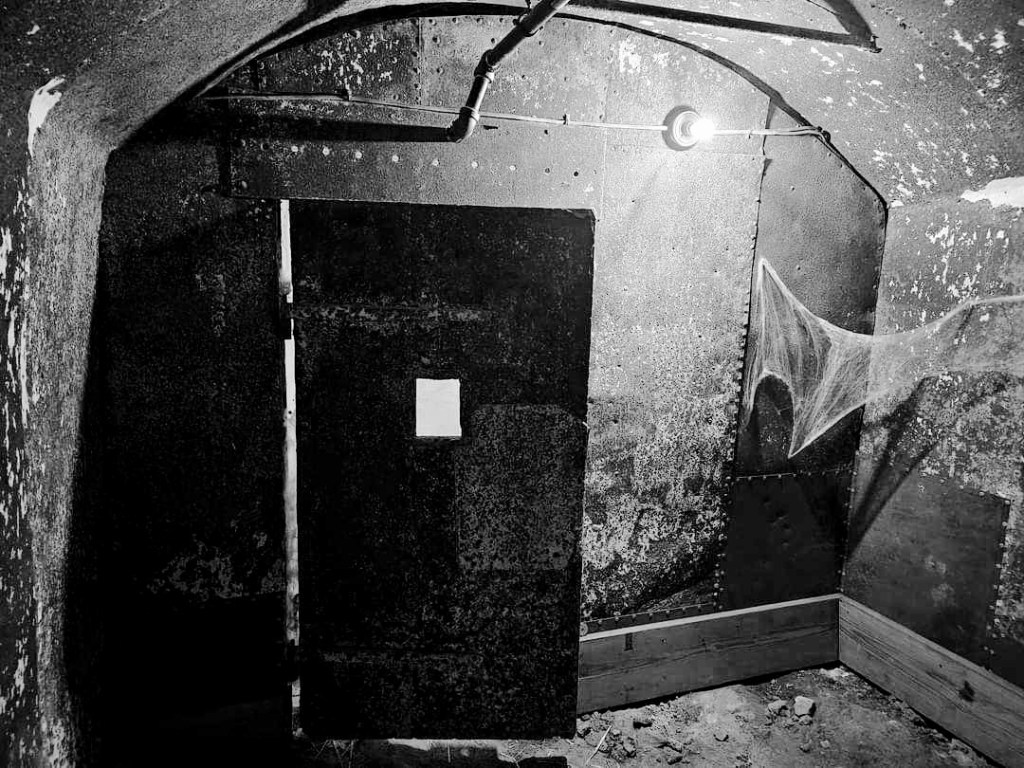Old Town San Diego State Historic Park offers a vivid glimpse into the city’s early days, immersing visitors in the rich heritage of the Mexican-American era from 1821 to 1872. Created by the California Department of Parks and Recreation, the park features more than two dozen buildings that recreate life during that time. Five original adobe structures stand alongside carefully reconstructed sites and newer buildings designed in the same traditional style, creating a seamless blend of history and authenticity.
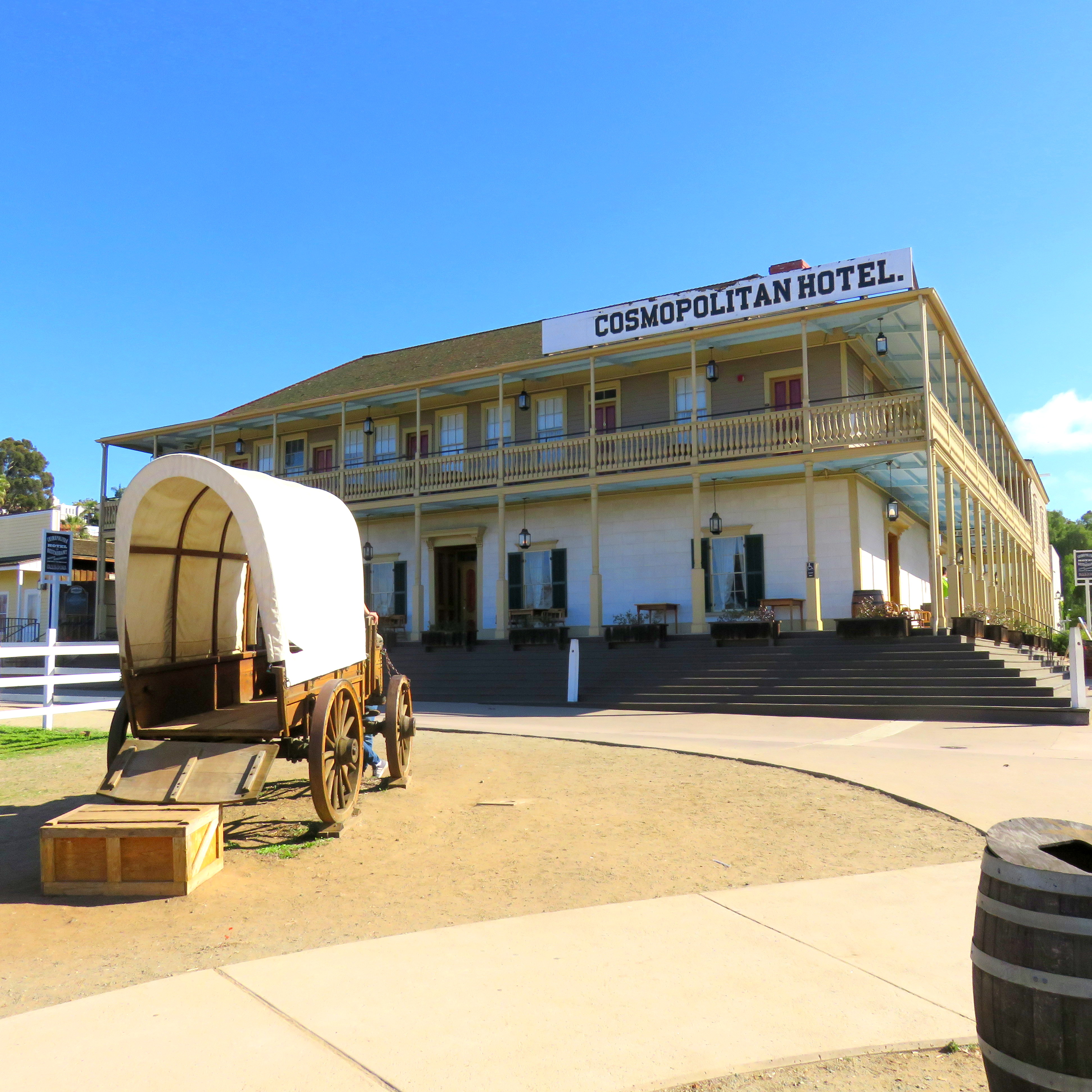
Even today, life in this part of San Diego moves at a gentler pace, where history and festive celebrations blend seamlessly with everyday life. Visitors can step back in time and witness how diverse cultures shaped San Diego’s transformation from a Mexican pueblo to an American settlement. The historic park features five original adobe buildings alongside museums, distinctive shops, and a variety of restaurants. The heart of the park is made up of restored original structures from the interpretive period, enhanced by reconstructed sites and early twentieth-century buildings designed in the same style.
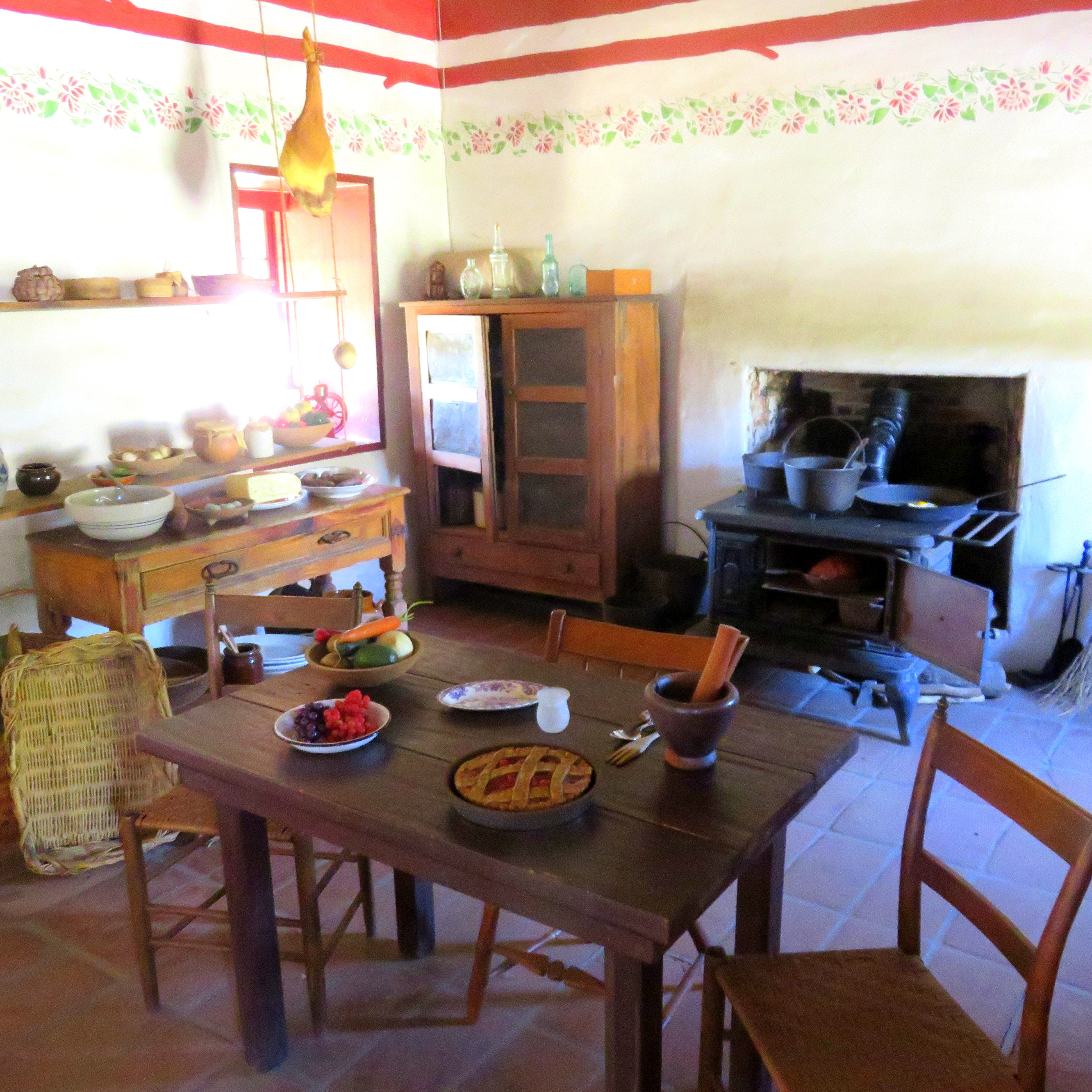

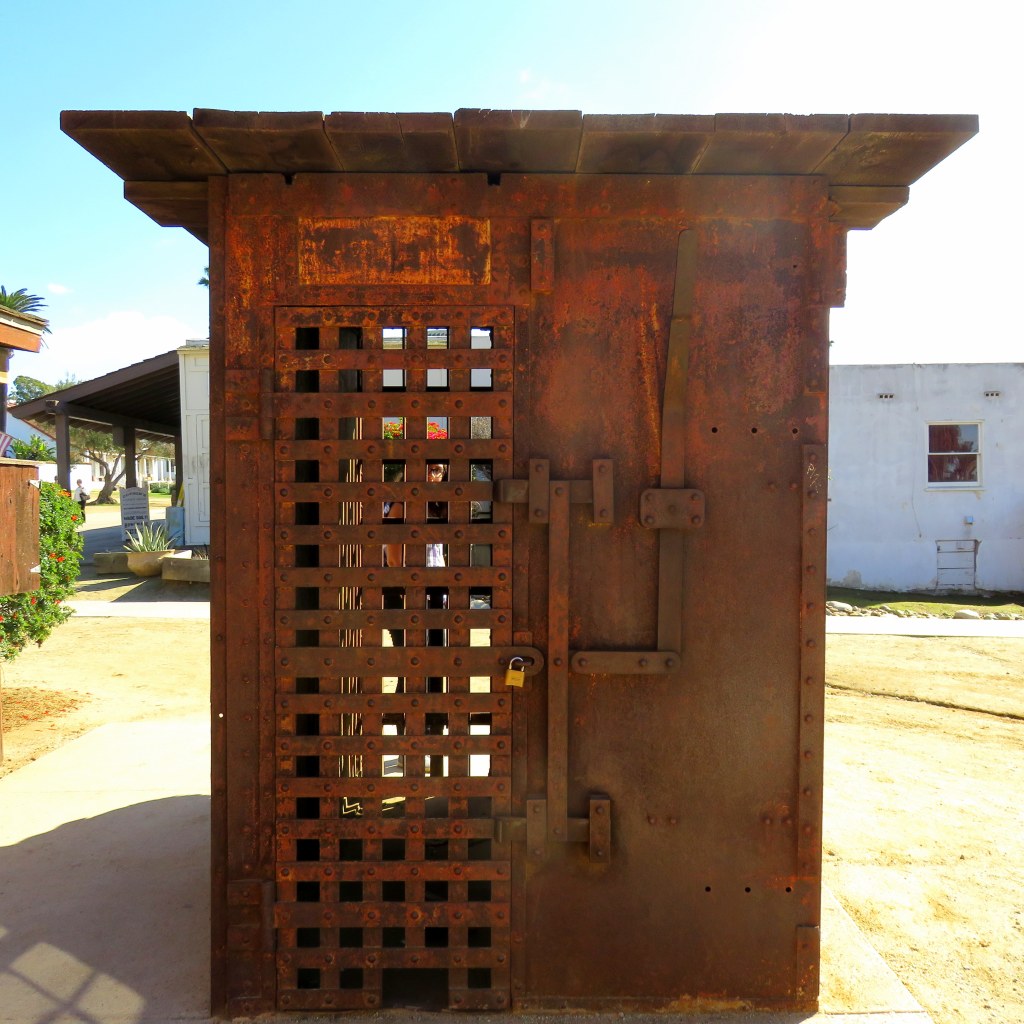
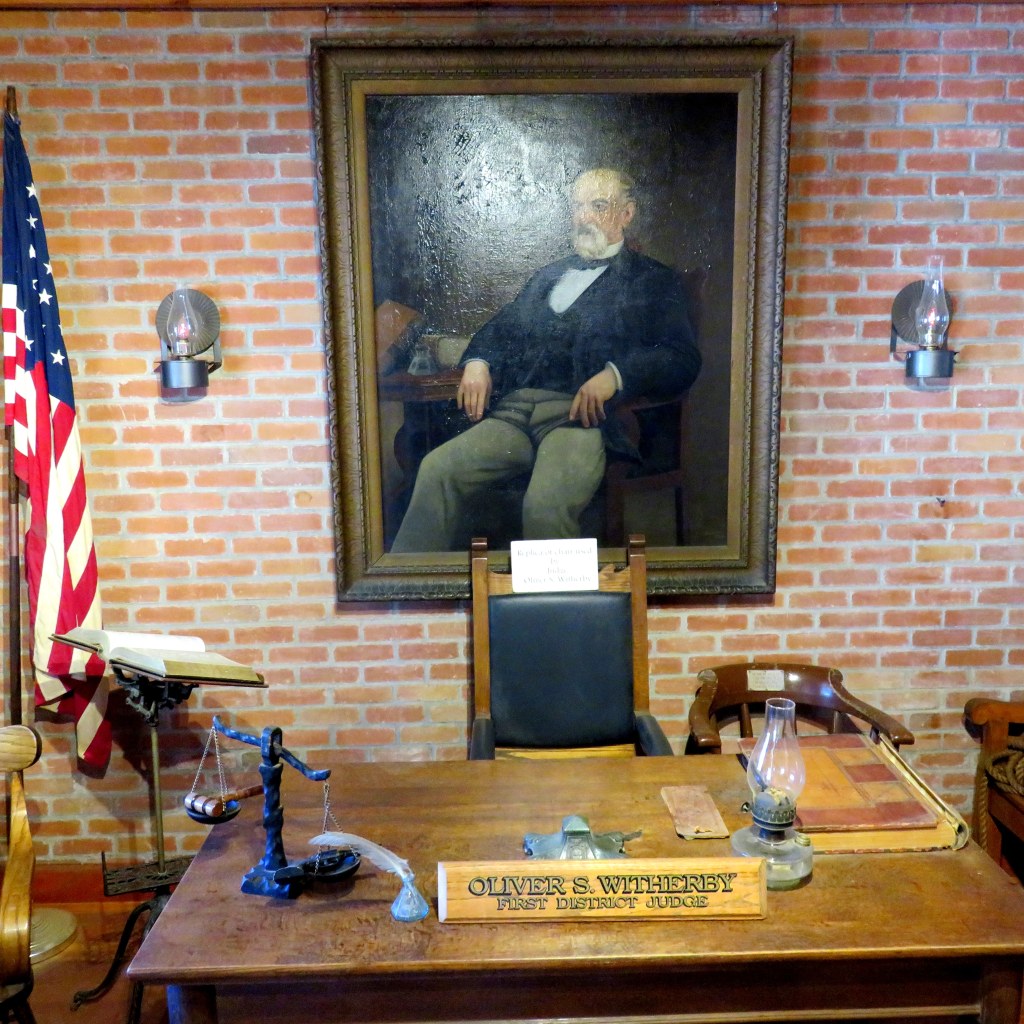
Old Town San Diego is known as the “birthplace” of California. It marks the site of the state’s first permanent Spanish settlement. The land had been home to the Kumeyaay people since around 10,000 BC before being claimed for Spain in the mid-1500s by explorer Juan Rodríguez Cabrillo. However, true settlement began in 1769 when Father Junípero Serra founded the first mission atop what is now Presidio Hill, and Gaspar de Portolà, Spain’s appointed governor of Alta California, established the first military outpost.
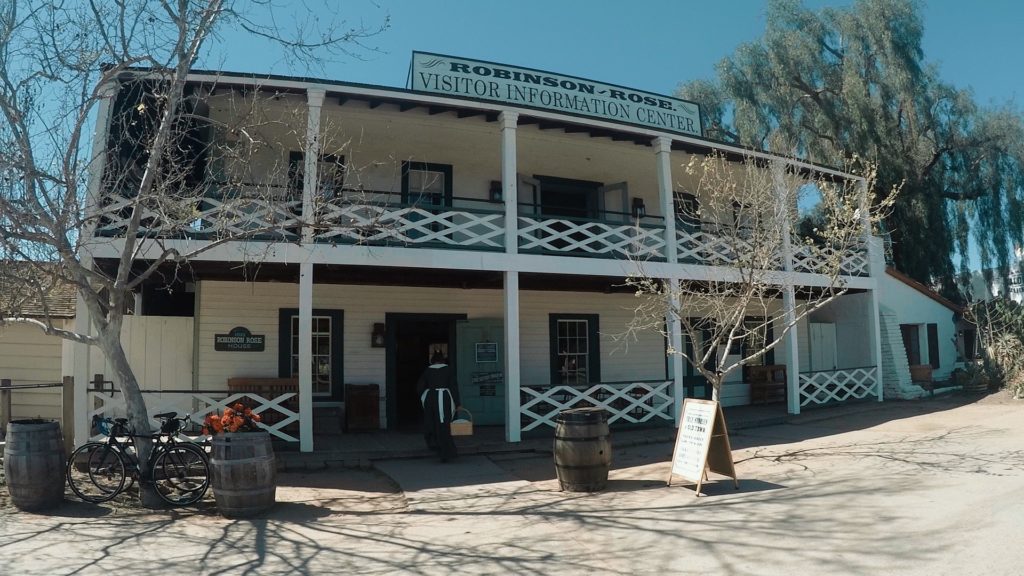
Start your visit at the Visitor Center, located in the Robinson-Rose House. Originally built in 1853, the house was demolished around 1900 and reconstructed in 1989. James Robinson, who arrived in San Diego from Texas in the spring of 1850, established a successful law practice and built this two-story building not only as his family home but also to house the San Diego Herald, the San Diego and Gila Railroad office, and various private offices. After Robinson’s death in 1857, his widow Sarah sold the property to Louis Rose, who likely used it as a family residence. The roof was destroyed by fire in 1874, and by the early 1900s the building had fallen into ruins. Today, the restored structure serves as the visitor center for Old Town State Historic Park and features a detailed model of Old Town as it appeared in 1872, crafted by Joseph Toigo.
Pick up maps and brochures, find the camel in the diorama, and sign up for a guided walking tour of the park.

Just across the plaza stands La Casa de Estudillo, a stately adobe residence that was once the social and political hub of early San Diego. Constructed between 1827 and 1830 for José Maria Estudillo, commander of the Presidio fort, the home stayed in the Estudillo family for nearly 60 years. The house and its courtyard served multiple roles—as a school, a chapel, and a refuge for women and children during the U.S. invasion of 1846. Local legend also claims that it inspired scenes in Helen Hunt Jackson’s romanticized novel, Ramona.
La Casa de Estudillo is a U-shaped, thirteen-room mansion featuring whitewashed adobe brick walls that range from three to five feet thick, all resting on a sturdy foundation of large river cobbles. The reconstructed roof consists of rough-cut log rafters—heavy wooden beams—covered with cane mats and topped with fired tiles. At the heart of the U-shaped structure lies a charming courtyard garden with a fountain, around which the entire home was thoughtfully built.
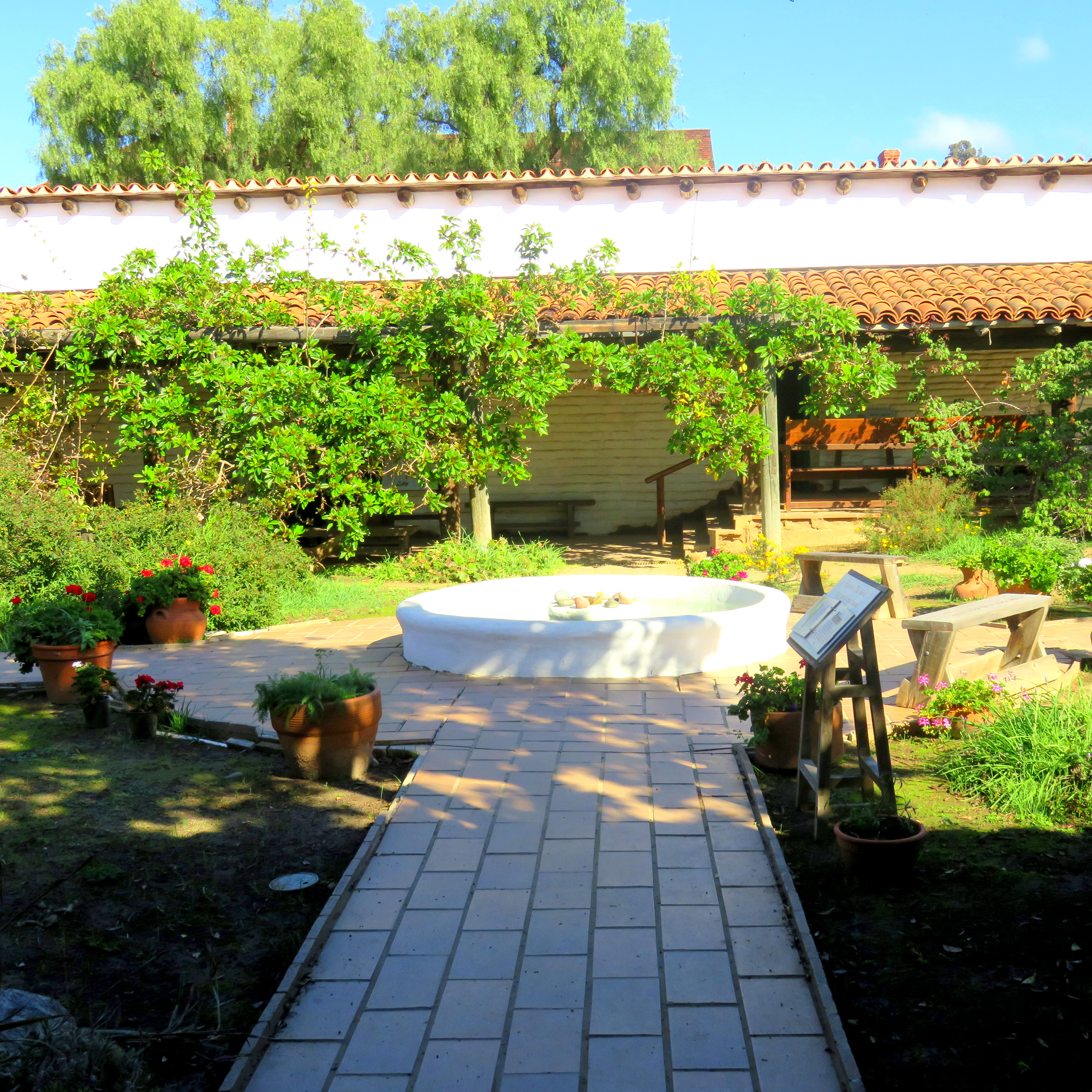
Stepping inside the La Casa De Estudillo is like traveling back in time, as the visitor sees how the people lived in this era.

The Cosmopolitan has stood witness to nearly two centuries of San Diego’s evolution. Originally built in 1827 as a cutting-edge adobe home by the young revolutionary Don Juan Bandini, it transformed over the years into a modern two-story hotel, restaurant, and stagecoach office by 1869. By 1900, it became an olive cannery, and later, in the latter half of the 20th century, a beloved Mexican restaurant. Restored now to its 1870s splendor, the Cosmopolitan carries a rich story waiting to be told.
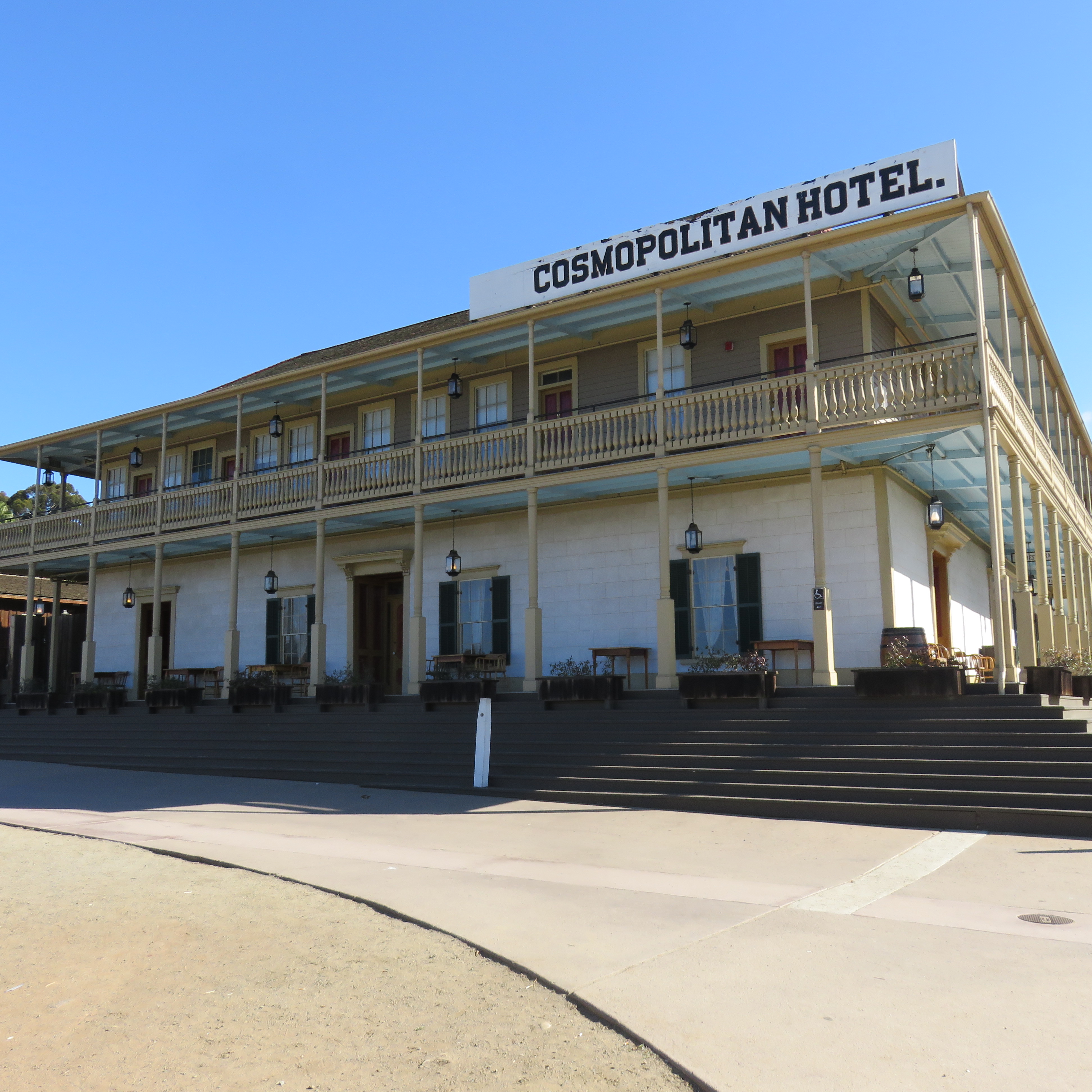
The Cosmopolitan Restaurant showcases American regional cuisine crafted by Executive Chef Amy DiBiase, blending modern flavors with the traditional ingredients and dishes of the 1870s.
The Cosmopolitan Hotel & Restaurant is located on the corner of Calhoun and Mason streets in Old Town and there is ample free parking along Juan Street. For more information about Old Town’s Cosmopolitan Hotel, visit www.oldtowncosmopolitan.com
Other notable features of the park include La Casa de Bandini—later transformed into the Cosmopolitan Hotel—a blacksmith and woodworking shop, the original offices of the San Diego Union newspaper, and the city’s first courthouse.
La Casa de Machado Stewart is filled with artifacts that showcase everyday life from the period. Other historic buildings in the area include the Mason Street School, California’s first public schoolhouse; La Casa de Machado y Silvas; the San Diego Union Printing Office, home to the city’s oldest surviving newspaper office; and the first brick courthouse. The Seeley Stables Museum, featuring newly restored exhibits on overland transportation, boasts one of the finest collections of wagons and carriages.
McCoy House Museum
In 1995, State Park archaeologists conducted excavations in Old Town San Diego to gather the information necessary to reconstruct a large residence built in 1869 by James McCoy, a prosperous Irish immigrant who served as both San Diego’s sheriff and state senator. Before 1851, the property was owned by Maria Eugenia Silvas, a descendant of a Spanish Colonial soldier who arrived in Alta California in the 1770s.

The McCoy House, located at the north end of Old Town, belonged to James McCoy, who lived from 1821 to 1895. Like many early San Diego pioneers, McCoy was a driven and versatile individual, taking on a variety of roles throughout his life. At 21, he sailed from Ireland to America in search of opportunity. Over the years, he served as a soldier, stagehand, San Diego county assessor, and then county sheriff starting in 1861. He amassed significant real estate holdings and was eventually elected to the state senate in 1871.
Anyone who is a history buff must visit the McCoy House Museum. You’ll be transported back in time and see how life was exciting, difficult, and altogether different many, many years ago in San Diego.
Location/Parking
The park is located on San Diego Avenue and Twiggs Street in San Diego, and is conveniently adjacent to the Old Town Transit Center, with Coaster, Trolley, and MTS Bus service. Parking and entrance to the park are FREE.
Location Hours
Visitor Center & Museums- 10 a.m. to 5 p.m. Daily (free admission)


